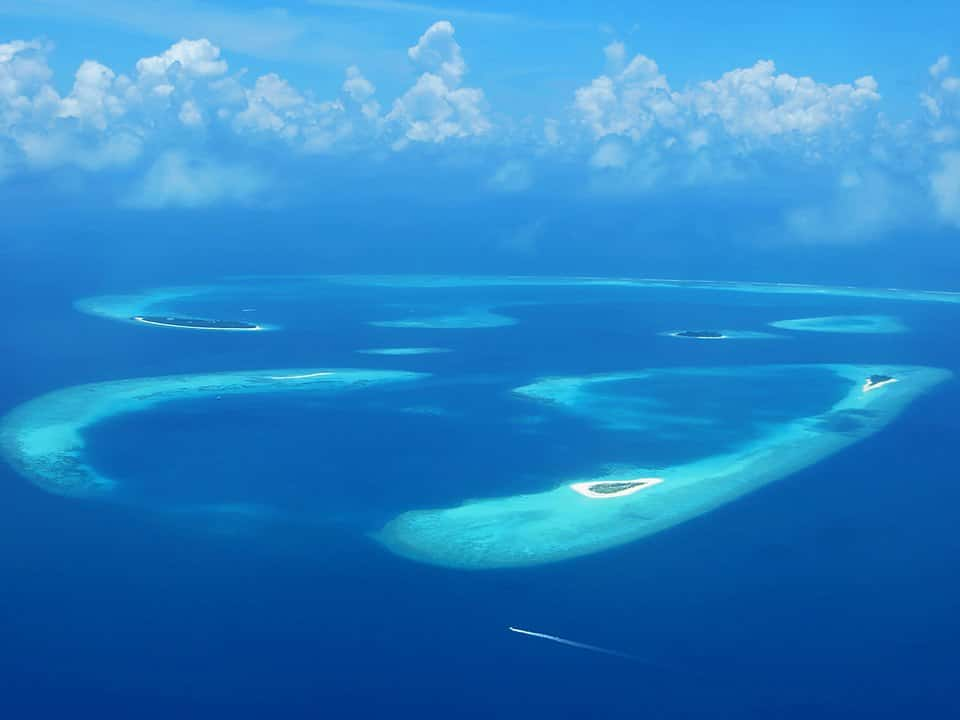(1)(1).jpg)
Baa Atoll
Located in the heart of the Maldives, Baa Atoll is a true treasure of natural beauty and ecological importance. As a designated UNESCO Biosphere Reserve, it is celebrated for its vibrant marine life, pristine beaches, and rich biodiversity. Baa Atoll occasionally experiences bioluminescent plankton events, creating a glowing, surreal shoreline that offers a magical and unforgettable experience for visitors.
Today, Baa Atoll stands as a beacon of marine conservation in the Indian Ocean, offering hope for the future of the Maldives’ delicate marine ecosystems. In 2020, the southern atolls of Addu and Fuvahmulah also earned UNESCO Biosphere Reserve status, with the long-term goal of designating the entire Maldives as a Biosphere Reserve. I chose to highlight Baa Atoll for South Asian Heritage Month because it represents not only the extraordinary natural heritage of the Maldives but also the region’s deep-rooted cultural connection to the ocean. With its rich biodiversity, strong conservation work, and mix of traditional knowledge and modern science, Baa Atoll is a great example of South Asia’s ecological and cultural heritage. It’s a reminder of why protecting places like this matters for both the environment and future generations.
The atoll consists of a circular cluster of 75 islands, with 8 being home to luxury resorts. Spanning approximately 53 kilometres from north to south and 39 kilometres at its widest point from east to west, Baa Atoll is one of the Maldives’ most prominent atolls and the only one to hold UNESCO Biosphere Reserve status. The Baa Atoll Biosphere Reserve encompasses the entire atoll and supports a wide variety of critical habitats, including coral reefs, islands, seagrass beds, and mangroves. The coral reefs of the Maldives are among the most diverse in the region and form the seventh-largest reef system in the world, accounting for about five per cent of the planet’s reef area. What truly distinguishes Baa Atoll, however, is Hanifaru Bay, famed as the world’s largest natural feeding ground for manta rays. This spectacular event occurs annually between June and November, driven by lunar tides that cause a massive build-up of plankton. The resulting abundance of plankton attracts hundreds of manta rays, and during peak season, it’s not uncommon to see as many as 200 of them feeding, often joined by majestic whale sharks in a breath-taking display of marine life. Interestingly, no whale shark identified in the Maldives has ever been recorded outside its waters. These loyal giants exhibit a consistent pattern of inter-atoll migration, travelling nomadically in search of plankton-rich areas. This suggests a habitual movement behaviour unique to the region. According to research conducted by the Maldives Whale Shark Research Programme (MWSRP), led by Chloe Darwin, Baa Atoll ranks as the second-largest aggregation site for whale shark sightings in the Maldives.


